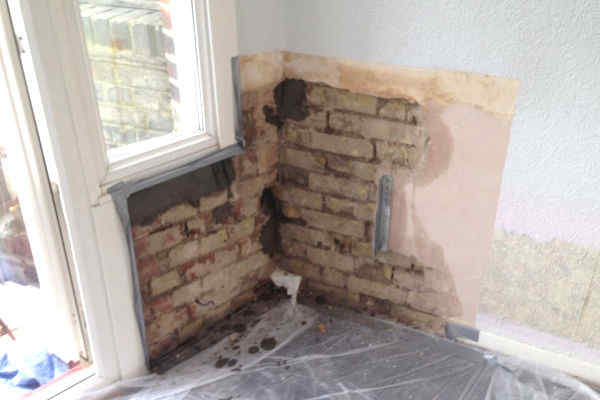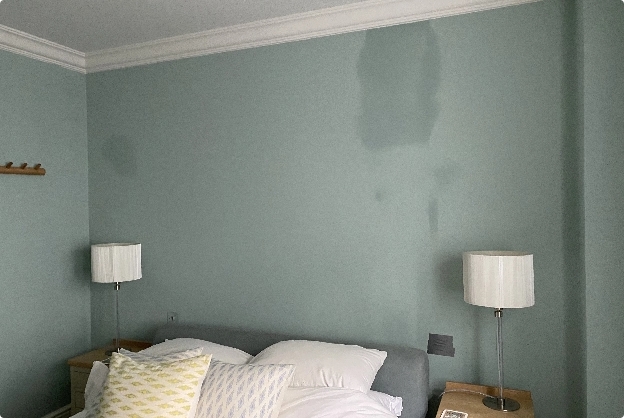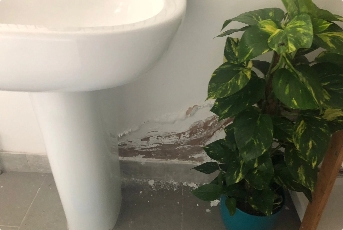Home Insurance and Damp: What Every Homeowner Needs to Know
Damp is a common problem faced by homeowners in the UK. Left untreated, it can lead to mould growth, damage to your possessions, and serious structural issues. With home insurance not covering damp, it’s important for homeowners to understand the causes, signs, and solutions for dealing with damp. This article outlines everything you need to know as a homeowner about damp and your home insurance.
Why Home Insurance Doesn’t Cover Damp
Standard home insurance policies do not cover damp. There are a few reasons for this:
- Damp is considered a maintenance issue that develops over time due to wear and tear or neglect. Insurers expect homeowners to proactively maintain their property.
- Pre-existing damp is not covered. When taking out a policy, you confirm your home is in good condition. Any damp issues present would breach this.
- The costs to treat damp can be high. As it’s not caused by a sudden event, insurers see damp as foreseeable and exclude it.
- Damp can indicate broader structural issues not evident when you purchased your policy. Insurers may interpret damp as a sign you misrepresented the condition of your home.
While inconvenient for homeowners, insurers see damp as preventable through vigilant maintenance. Repair costs therefore fall to the homeowner.
How to Spot Signs of Damp
Early detection is key to minimising damp damage. Look out for:
- Bubbling or peeling paint and wallpaper
- Mould on walls, ceilings or around windows
- A musty smell
- Rotting skirting boards and wooden furniture
- Staining along the bottom of walls
- High humidity and condensation build up
If you spot signs, take action quickly. Left untreated, damp can cause thousands of pounds worth of damage.
Treating and Preventing Damp
Depending on the type of damp, solutions will vary:
Rising damp – Have a specialist inject a new DPC or install a damp proof membrane. Improve ventilation.
Penetrating damp – Identify the source of leaks and repair. Replace damaged roof tiles, repoint brickwork and fix broken gutters.
Condensation – Improve ventilation and air flow. Open windows daily and use extractor fans. Insulate cold surfaces.
Maintenance is also key. Regularly check for leaks, clear gutters and ventilate your home. Damp meters and dehumidifiers can help monitor dampness. Catching issues early makes treatment easier and cheaper.
Does Insurance Cover Mould Removal?
In some cases, insurance will cover mould removal, but not if caused by damp or poor maintenance. Home emergency cover can provide fast access to contractors for mould from bursts pipes or leaks.
Read your policy carefully and check with your provider. Limited cover may be available if mould resulted from a sudden, unpreventable incident.
How Insurance Can Help Prevent Damp
While damp treatment isn’t covered, home insurance can help you prevent and catch damp issues early:
- Emergency repairs – Home emergency cover provides rapid repairs for leaks, burst pipes and heating failures which can prevent penetrating damp.
- Flood cover – Flood damage repairs will fix any structural issues making your home vulnerable to damp.
- Alternative accommodation – If your home is uninhabitable due to damp, cover for alternative accommodation costs is provided under most policies.
While damp itself isn’t covered, insurance can still provide protection against causes and help handle the consequences.


